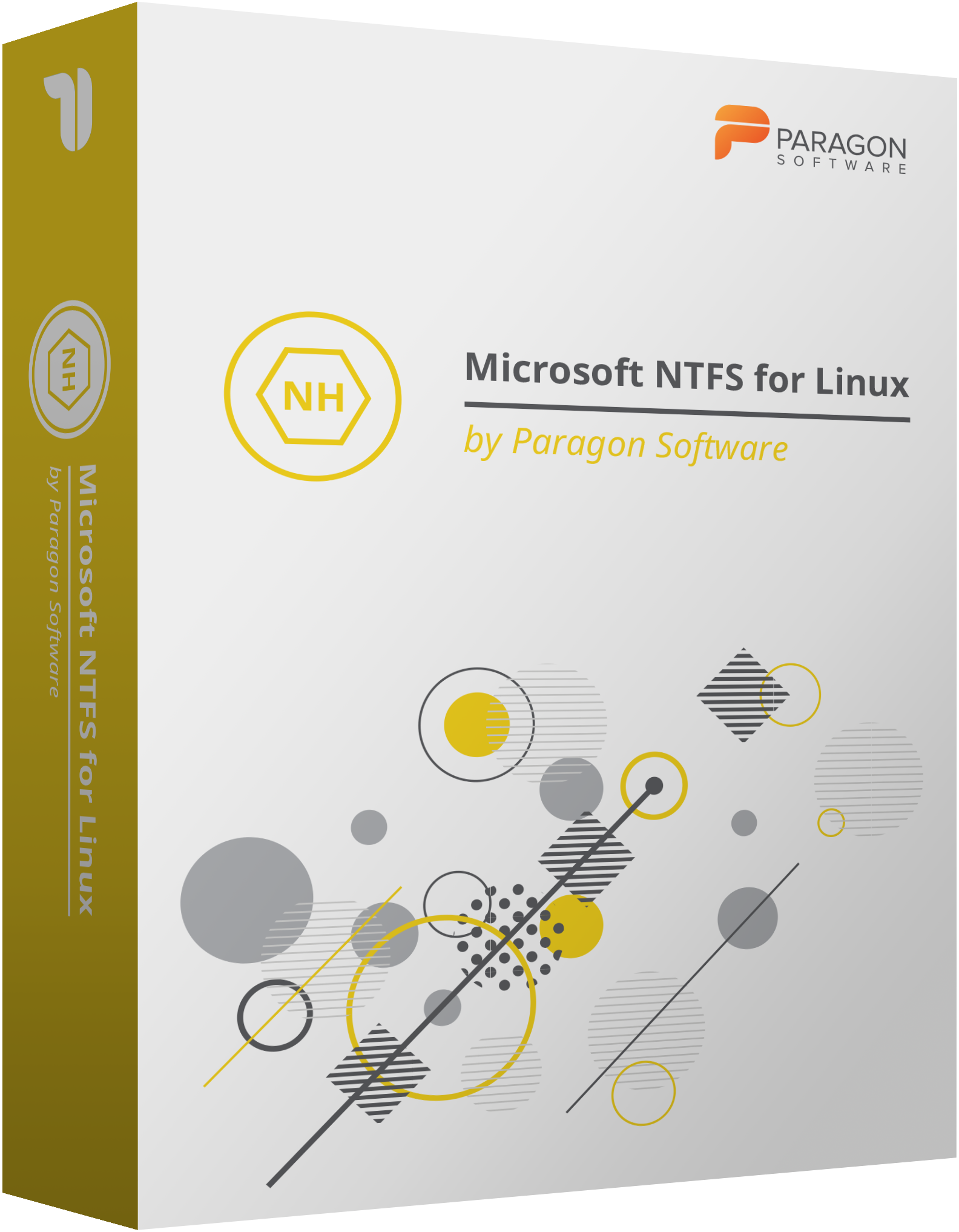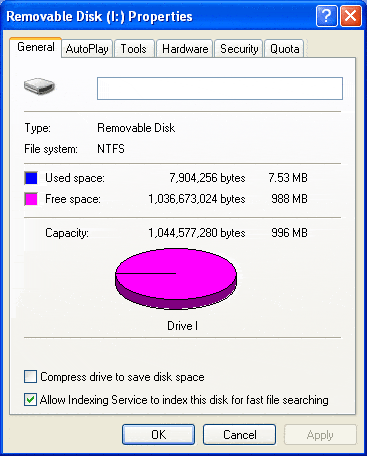
- #Torvalds garbage microsoft ntfs file system full#
- #Torvalds garbage microsoft ntfs file system software#
- #Torvalds garbage microsoft ntfs file system code#
- #Torvalds garbage microsoft ntfs file system windows#
The virtualized file system subsequently retrieves additional data on a demand-driven, as-needed basis.

The premise of GVFS is straightforward enough: rather than fetching all the data at once, only a bare skeleton of the repository needs to be populated up front. Central to this effort is a new project released (in part) as open source Git Virtual File system (GVFS).

The initial clone of the repository took hours, and even simple tasks such as checking to see if all files are up to date took many minutes.Īccordingly, Microsoft has been working to enhance Git to improve the way it handles vast repositories. For Windows, this meant that every developer would need to fetch millions of files and hundreds of gigabytes. This is key to its decentralized nature-every repository contains all the history of all the files, making them all equal peers. But decentralized systems don't work this way by default, making a local working copy of a remote repository in Git requires replicating everything, including the decades of history.
#Torvalds garbage microsoft ntfs file system code#
In a centralized version control system, this isn't too big an issue only the central server needs to store all of this data, with each developer only needing to store the latest source code on their local systems. It has millions of files, taking hundreds of gigabytes of storage.
#Torvalds garbage microsoft ntfs file system windows#
The Windows codebase, for example, is large, with decades of history. However, this decision came with some complexity. In the end, the company standardized on Git. TFVC, Source Depot, and Git were the obvious contenders, though other options such as Mercurial were also considered. The cornerstone of 1ES is TFS, but for 1ES, the company wanted to do more than just standardize on TFS it wanted to switch to a single version control system. And just as Windows' development was unified as OneCore, the company has embarked on an effort to unify its ALM and develop what it calls One Engineering System (1ES). Just as Windows' development had become complex and fragmented, so too did the company's internal systems for things like source control, issue tracking, testing, building, code analysis, and all the other tasks that fall under the application lifecycle management umbrella. With OneCore, the common parts were brought together, and the unique customizations-things like Xbox's dashboard, HoloLens's 3D interface-cleanly isolated and layered on top. Before OneCore, Microsoft had multiple incompatible forks of Windows, each with their own development streams, causing substantial duplication of effort. We've written about OneCore, Microsoft's restructuring of Windows and unification of the operating system across phones, tablets, Xbox, PCs, servers, HoloLens, and beyond. With this first-party support for the system, Git adoption has spread within the company, most visibly in open source projects such as ChakraCore, the JavaScript engine used in the Edge browser, but also in closed source products-including, as it turns out, Windows itself.
#Torvalds garbage microsoft ntfs file system full#
Since 2013, Microsoft has been integrating Git into TFS, and today TFS and Visual Studio offer full support for centralized version control using TFVC and distributed version control using Git. The basic usage model and theory of operation between Source Depot and TFVC are pretty similar, as both use a centralized client-server model.


But large legacy products, in particular Windows and Office, stuck with Source Depot rather than adopting TFVC. Much of the company uses TFS not just for version control but also for bug tracking, testing, automated building, and project management. In the modern era, the Team Foundation Server (TFS) application lifecycle management (ALM) system offered Team Foundation Version Control (TFVC), a much more robust, scalable version control system built around a centralized model. Long ago, the company had a thing called SourceSafe, which was reputationally the moral equivalent to tossing all your precious source code in a trash can and then setting it on fire thanks to the system's propensity to corrupt its database. Over the years, Redmond has also developed its own version control products. This is proprietary and internal to Microsoft it's believed to be a customized version of the commercial Perforce version control system, tailored for Microsoft's larger-than-average size.
#Torvalds garbage microsoft ntfs file system software#
Traditionally, Microsoft's software has used a version control system called Source Depot. Git, the open source distributed version control system created by Linus Torvalds to handle Linux's decentralized development model, is being used for a rather surprising project: Windows.


 0 kommentar(er)
0 kommentar(er)
